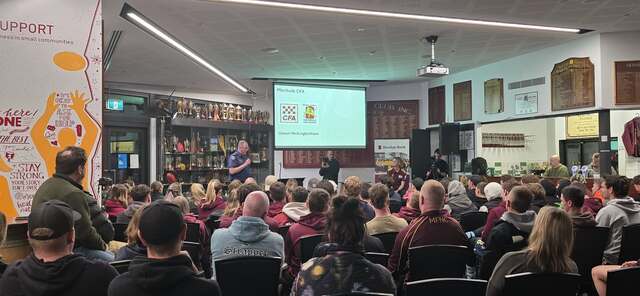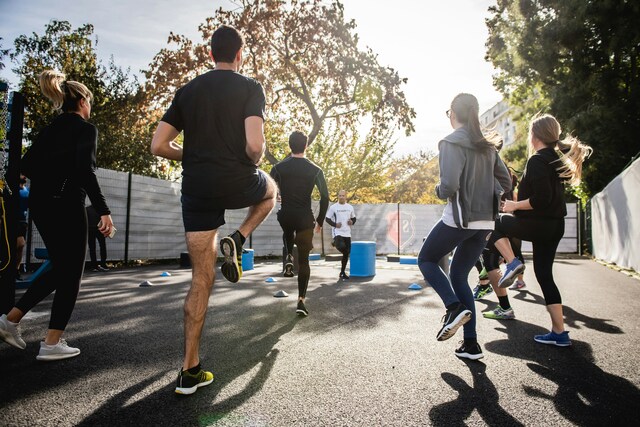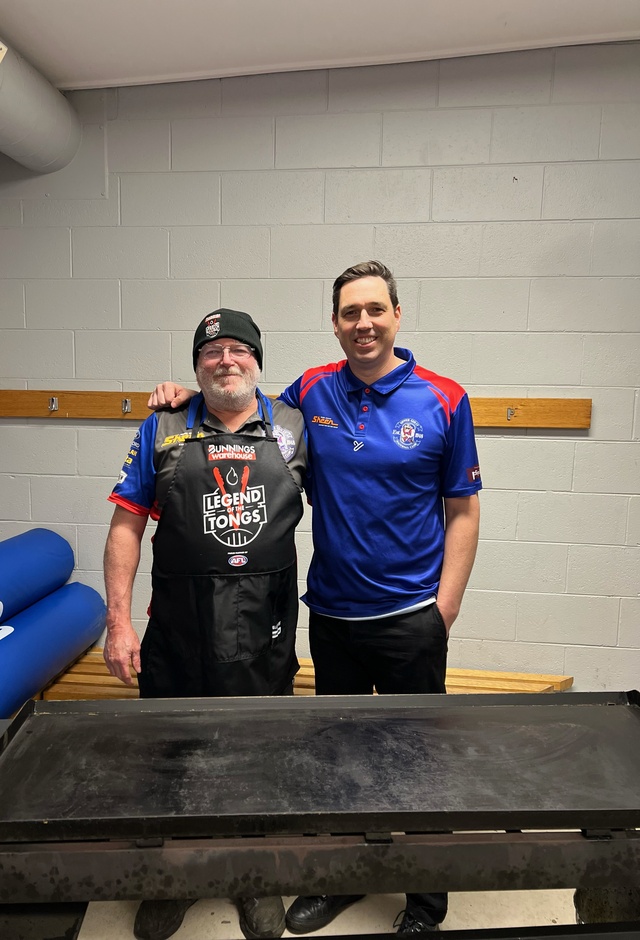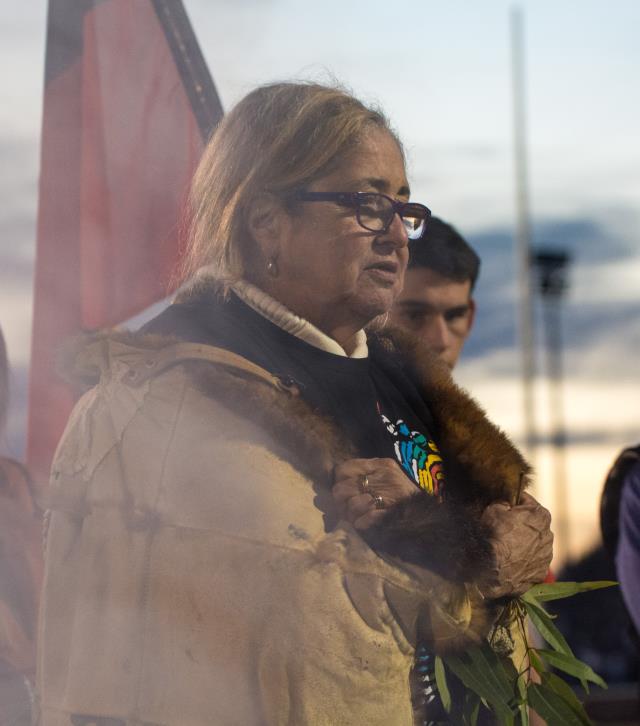 Alan Rutherford will send his model of HMS Victory, which took 18 months to complete, to a descendent of the actual ship’s admiral.
Alan Rutherford will send his model of HMS Victory, which took 18 months to complete, to a descendent of the actual ship’s admiral.
By Russell Bennett
BRITISH ex-pat and Monbulk resident Alan Rutherford has brought the good ship HMS Victory back to life, albeit a much smaller life.
Mr Rutherford arrived in Australia from Tombridge Wells, Kent on April Fools Day in 1970.
“And I must like it here because I’ve never been back home,” he said.
Since retirement, the 74-year-old has taken to model boat building like a duck to water.
Mr Rutherford’s sister and brother-in-law used to work for a Sir Robert Balchin, a descendent of the Victory’s admiral, Sir John Balchin.
“My brother-in-law told me about Sir Robert on a trip out here,” Mr Rutherford said.
“And a few months later, a company named Odyssey Marine found his ancestor’s ship, the Victory in the English Channel.”
Mr Rutherford said the only identifying feature about the Victory upon its discovery was its 42-pound bronze cannons.
“They started lifting artefacts from it and they were uncovering one of the (cannon) barrels when they found a skull which they thought was actually a cannon ball,” he said.
Mr Rutherford, already a keen model boat builder, decided to create a model of the Victory to send back to Sir Robert.
“I’ve kept in contact with him and told him I’d like to build it,” Mr Rutherford said.
“They’ve got the Olympics there in 2012 and Odyssey, the company that found the ship, has got the OK from the government to bring up more artefacts.”
“They’re going to put on a show at the naval museum in Portsmouth and this is going to go into it.”
“But It’ll end up belonging to Sir Robert,” Mr Rutherford said.
“It’s finished now and I’m just working out how to get it over there.”
Mr Rutherford’s model is around a metre long and took 18 months to complete.
“It got frustrating at times and I had to build parts of it all over again,” he said.
“With the time you spend researching it and going though it, you do a lot before you even start putting the bits of wood together.”
Unlike many other model boat builders, Mr Rutherford makes his from scratch.
“All the wood that’s in it – I go around collecting fruit tree trunks and collecting my own timbers,” he said.
“A lot of other modellers don’t do that, they buy all the bits and pieces but that’s like buying a car in pieces. It’d cost you an arm and a leg.”
The intricate detail of Mr Rutherford’s model of the Victory shows how dedicated he is to what is so much more than a hobby.
“I tied around 1,900 clove hitches in the ropes on that one,” he said, pointing to the Victory.
“I’d work on it all day, sometimes from two o’clock in the morning,” he said.
“You just get something in your mind and you want to go for it.”






